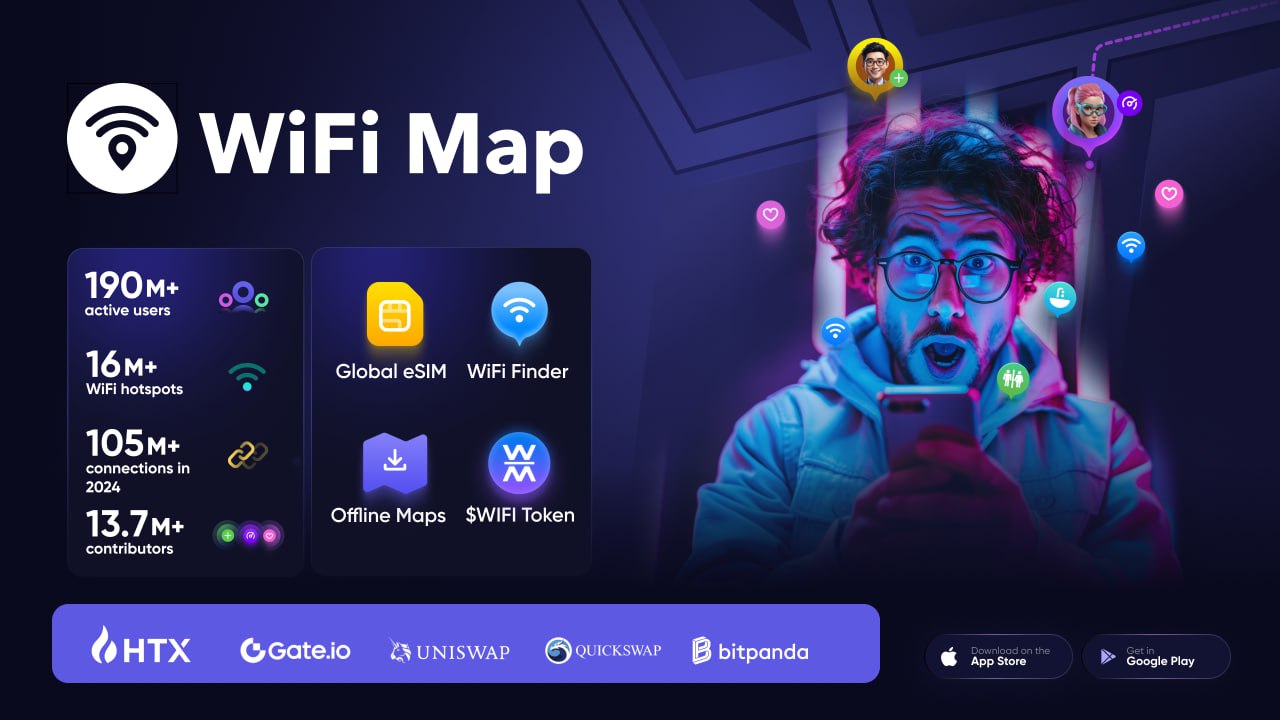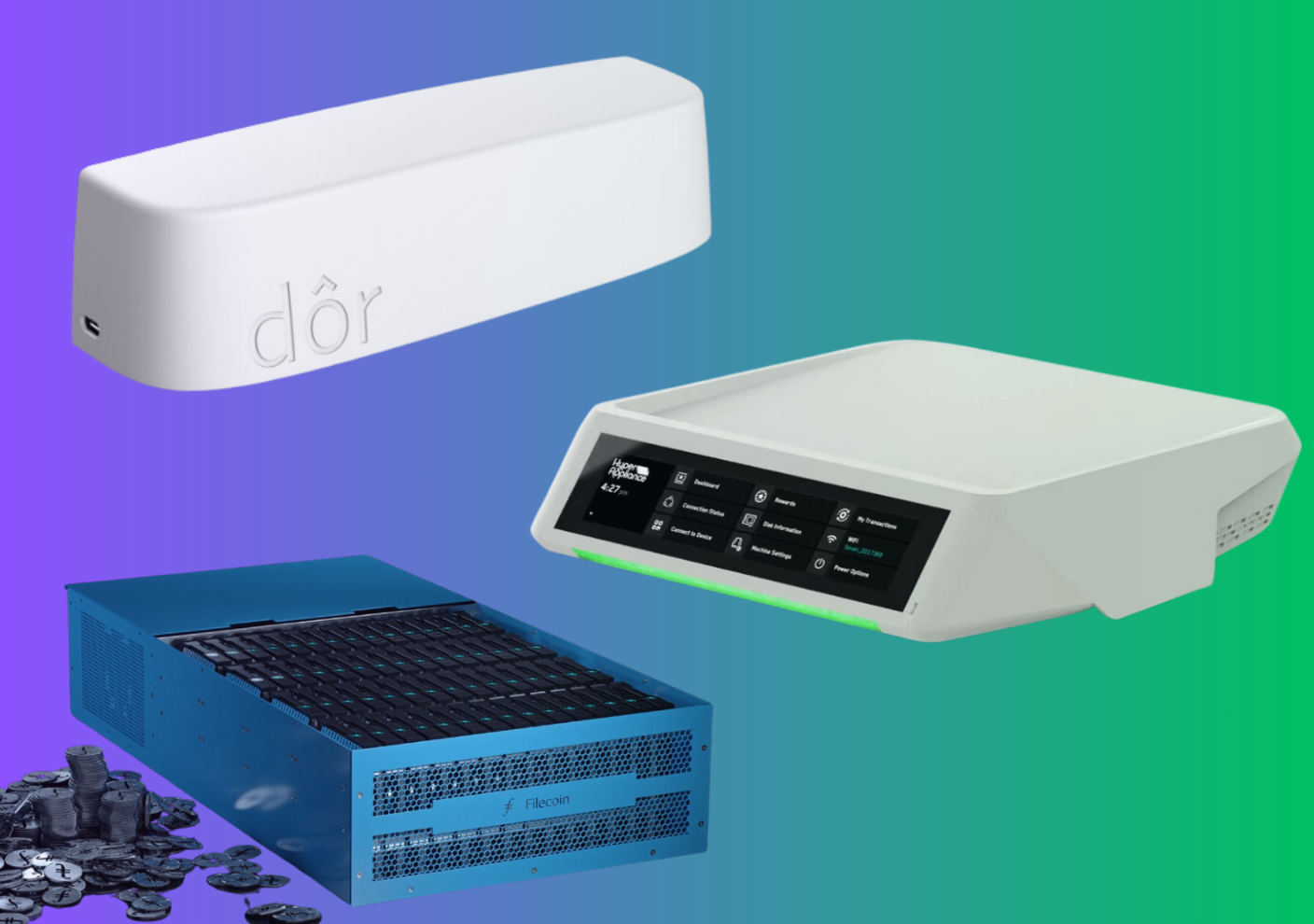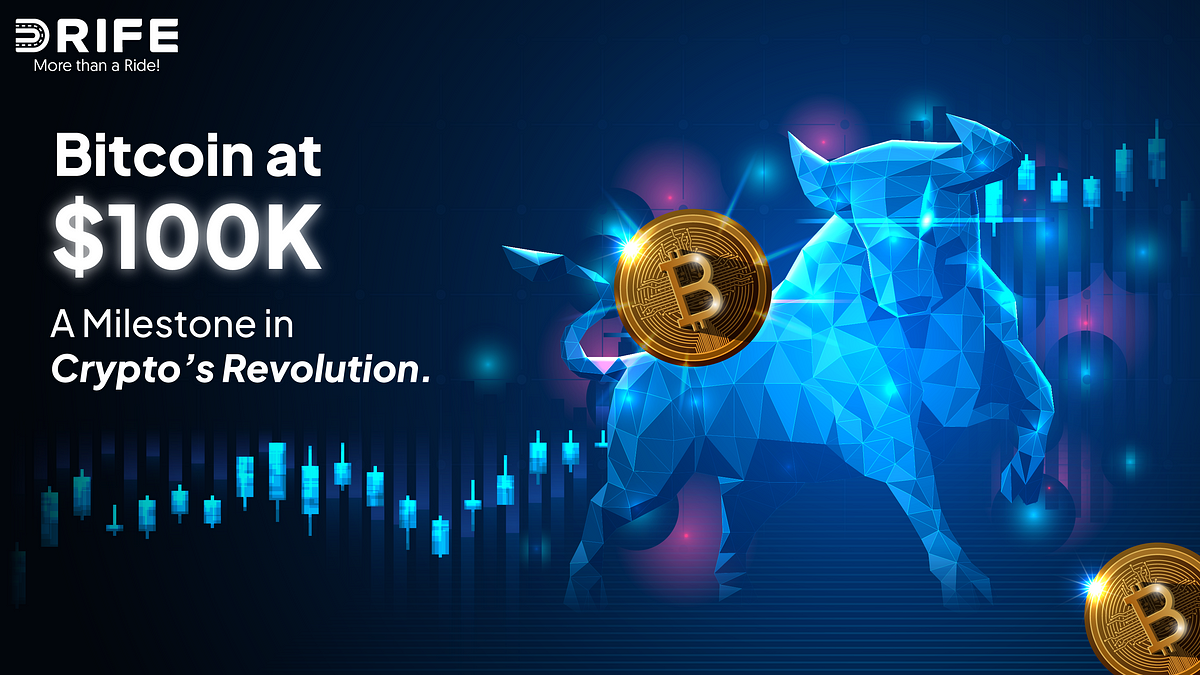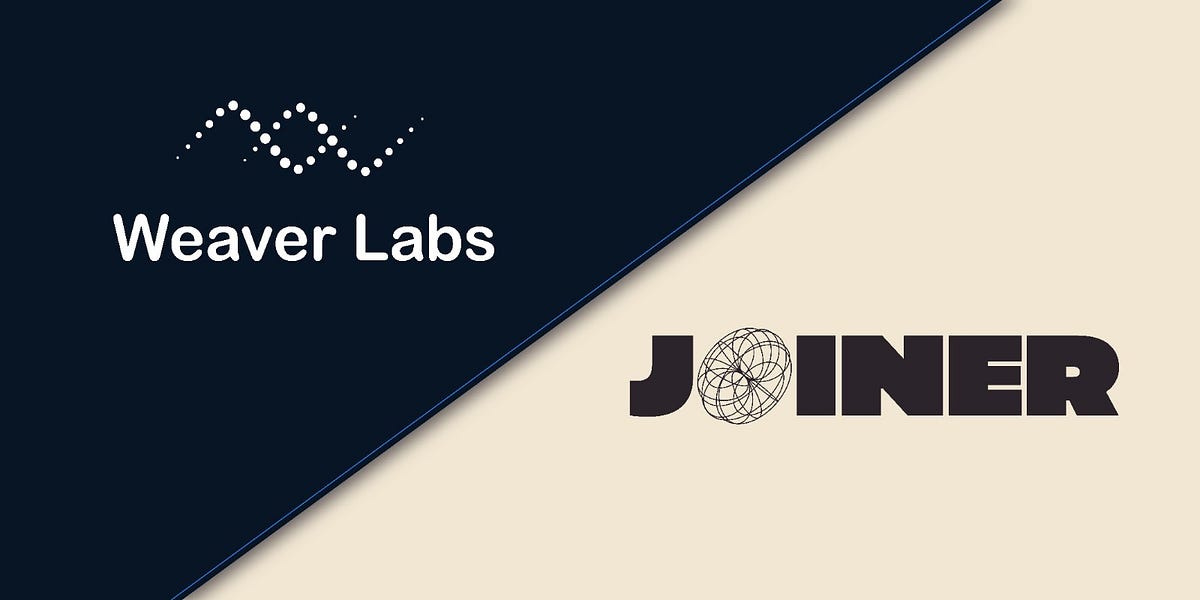Latest DePIN News

4 months ago
WiFi Map Celebrates Record Growth and Innovations in 2024
As 2024 draws to a close, WiFi Map, the world's largest decentralized crowdsourcing platform, celebrates a remarkable year marked by significant achievements and community-driven progress. The platform has seen explosive growth, surpassing 15 million new app installs, a 40% increase from the previous year, bringing its total downloads to 190 million. This growth underscores WiFi Map's global appeal and relevance in today's interconnected world. Additionally, over 700,000 new contributors joined the platform, pushing the total contributor count to 13 million, with expectations to reach 14 million soon. The introduction of the $WIFI utility token has also revolutionized user engagement, with 3.6 million tokens distributed as rewards, significantly boosting participation rates to an impressive 4.5-5%.
In 2024, WiFi Map launched several transformative features, including a dynamic layer system that allows for the rapid deployment of new categories for real-world data, such as public restrooms and drinking fountains. The platform's amenities contribution feature gained traction, with contributors adding over 20,000 amenities, 50,000 photos, and 45,000 reviews in just a few months. The number of newly added WiFi hotspots grew by 22% compared to 2023, while contributors performed an average of 408,000 speed tests per month, a 20% increase from the previous year, reinforcing WiFi Map's reliability as a resource for assessing network performance.
Looking ahead to 2025, WiFi Map aims to enhance its impact by migrating all data to the blockchain for improved transparency and security, expanding the utility of the $WIFI token ecosystem, and increasing active wallets and transaction volumes. The platform is committed to bridging the digital divide and ensuring that connectivity becomes a universal right. With community, transparency, and innovation at its core, WiFi Map is poised for another transformative year in 2025, inviting users to join its global community and contribute to the decentralized network that is redefining connectivity.

4 months ago
The Rise of Decentralized Physical Infrastructure Networks (DePINs)
Decentralized Physical Infrastructure Networks (DePINs) are revolutionizing the way physical and digital realms interact. By utilizing technologies such as Wi-Fi, cellular connectivity, and data storage, DePINs enable users to share resources directly without intermediaries. This integration of digital and physical infrastructure is essential for the functionality of services like IoT devices, which rely on robust physical networks. The use of blockchain and cryptocurrencies in DePINs ensures that processes are transparent and easily trackable, paving the way for innovative applications across various industries.
Among the notable DePIN devices is Dôr, a thermal-sensing people counter that provides valuable insights into customer behavior for businesses. By collecting foot traffic data, Dôr helps retailers enhance customer service and optimize operations. The device's acquisition by blockchain firm Constellation highlights the growing importance of data analytics in retail. Additionally, the US Army employs Dôr to monitor visitor traffic in its museums, showcasing the versatility of this technology. Another significant player is Helium, which operates a decentralized wireless network on the Solana blockchain, rewarding participants for deploying hotspots and enhancing IoT connectivity.
Filecoin also stands out as a decentralized storage network that allows users to rent storage space in exchange for cryptocurrency. Its marketplace approach ensures secure data storage and easy access, supported by a vast network of storage providers. HyperAiBox, designed for AI computing, and Shieldeum, a Web3 cybersecurity platform, further illustrate the diverse applications of DePINs. However, the sector faces challenges related to technical complexity, particularly in integrating physical infrastructure with blockchain technology. Solutions like Dôr aim to simplify this process, making it accessible for non-technical users and promoting broader adoption of DePIN technologies.

4 months ago
Exabits Raises $15 Million in Seed Round Led by Hack VC
Exabits, a crypto-AI startup focusing on tokenizing GPUs, has successfully raised $15 million in a seed funding round led by Hack VC. This funding round has propelled Exabits' valuation to $150 million. The startup, co-founded by Dr. Hoansoo Lee, initiated fundraising in July and concluded the round in October. While the specific investors beyond Hack VC remain undisclosed, Lee mentioned that a token launch is on the horizon. With this seed funding, Exabits has accumulated a total of $20 million in funding, building upon previous rounds earlier this year.
Exabits' primary objective is to decentralize computing by tokenizing GPUs, which it considers as 'the currency of the digital age.' Lee emphasized the exponential growth potential of GPU compute performance compared to traditional assets like bitcoin and gold. The startup's unique GPU tokenization model aims to provide direct exposure to GPU compute assets, fostering a liquid market, revenue generation, and rewards for token holders. Despite the token not being launched yet, Exabits has witnessed substantial revenue growth, with a 300% quarterly increase on average, amounting to $10 million in annual recurring revenue (ARR).

4 months ago
Helium (HNT) Surges 10% Amid Rising Investor Interest and Key Resistance Levels
Helium (HNT) has recently captured market attention with a notable price surge of approximately 10% over the last 24 hours. This bullish momentum is further highlighted by a 12% increase in trading volume, indicating a significant uptick in investor interest. As the token approaches a critical resistance level at $9.5, market participants are keenly observing whether this rally can sustain its strength or if it will face a pullback. A successful breakout above this resistance could potentially lead Helium towards the psychological milestone of $10, while failure to breach this level may result in a downward correction.
The daily chart for Helium shows a clear uptrend, supported by an ascending trendline that traces back to recent lows around $2.8. Currently, the price is nearing the $8.2 support level, which previously acted as resistance in an ascending triangle pattern. Additionally, data from Coinglass reveals a liquidation pool of 56.70K at the $8.3648 price level, indicating rising risks among over-leveraged traders. This scenario, coupled with increasing Open Interest (OI) trends, reflects growing confidence in Helium's price action, suggesting that traders are optimistic about the token's future performance.
Broader market conditions have also been favorable, with Bitcoin's steady price providing a supportive backdrop for altcoins like Helium. As the token nears the pivotal $9.5 resistance level, it will require substantial buying pressure from bulls to maintain the uptrend. The market's reaction at this critical juncture will be crucial; a breakout could trigger a swift rally towards $10, while a rejection might push the price back to the support zone between $7.8 and $8. Overall, the current indicators suggest a potential bullish trend, but market participants remain cautious as they await further developments.

4 months ago
Network3 Achieves New Milestone with Record Payback Period and Secures $5.5 Million in Funding
Network3, a pioneering technology platform, has made significant strides in the realm of AI Layer2 solutions, enabling developers globally to efficiently infer, train, and validate models. Recent analysis by Depinscan, an extensive DePIN intelligence platform powered by IoTex, has revealed that Network3 miners have achieved a remarkable milestone with a payback period of just 71 days. This achievement positions Network3 at the forefront of the industry in terms of both payback period and daily revenue, underscoring its investment potential. A shorter payback period is crucial for investors as it indicates a quicker return on investment, making Network3 an attractive option for those looking to capitalize on emerging technologies.
The success of Network3 can be attributed to its robust infrastructural network, which boasts over 555,000 nodes and has delivered 2 Petabytes of network service across more than 185 countries. This extensive reach has resulted in 97,000 active sessions daily and monthly revenues exceeding $100,000. By supporting the evolution of AI, Network3 empowers developers with tools for model optimization, federated learning, edge computing, and confidential computing. This dual focus on enhancing decentralized node efficiency while providing essential services for AI development positions Network3 as a leader in both technology and market viability.
In addition to its technological advancements, Network3 has successfully secured $5.5 million in seed funding from prominent investors, including Borderless, EV3 Labs, and the IoTeX Eco Fund. With a growing community of over 252,000 followers on X, the platform is set to gain even more traction. As it continues to demonstrate its value in making AI more beneficial and efficient, Network3 is poised for rapid growth and increased investor interest in the future.

4 months ago
Bitcoin Soars to $100,000: A New Era in Cryptocurrency
Bitcoin has officially reached a monumental milestone, hitting the $100,000 mark. This achievement is a testament to its evolution from a niche digital currency to a mainstream financial asset. In 2017, Bitcoin first crossed the $10,000 threshold, marking a significant moment for the cryptocurrency community. Back then, Bitcoin was often seen as a quirky alternative, primarily used for small purchases like pizzas. However, the journey since then has been nothing short of remarkable, characterized by extreme volatility and a growing belief in its potential as a store of value.
The surge to $69,000 in 2021 was another pivotal moment, fueled by a mix of institutional investment and retail enthusiasm. This unprecedented price jump was likened to a rocket launch, showcasing the growing acceptance of Bitcoin as a legitimate asset class. Factors such as institutional recognition and social media influence played crucial roles in this ascent. Yet, the cryptocurrency market is notorious for its fluctuations, and Bitcoin's price corrections serve as a reminder of the inherent risks involved in trading digital currencies.
As we look towards 2024, the political landscape, particularly the upcoming U.S. elections, is influencing Bitcoin's trajectory. Amidst political uncertainty, many investors are turning to Bitcoin as a hedge against potential economic instability. Its decentralized nature and limited supply position it as a viable alternative to traditional assets. While the future remains uncertain, Bitcoin's rise to $100,000 is a clear indication that it has cemented its place in the global financial system, making it a topic of serious discussion among investors and financial experts alike. This milestone is not the end but rather a new chapter in the ongoing cryptocurrency revolution.

4 months ago
Karrier One Launches Decentralized WiFi Hotspot Devices on Sui Network
Karrier One, a decentralized physical infrastructure network (DePIN) built on the Sui Network, has announced the global launch of its innovative WiFi Hotspot devices. This initiative allows individuals to contribute to a decentralized connectivity ecosystem by providing WiFi offloading services to various carriers, earning KONE tokens in return. This development marks a significant advancement in decentralized networks, integrating Web3 technology with practical applications that address the increasing demand for internet connectivity.
As internet usage continues to rise, traditional networks are under pressure from high traffic volumes. Karrier One tackles this issue by introducing a decentralized WiFi offloading network powered by user-owned hotspot devices. Participants can offload data traffic from conventional carriers to the Karrier One Network, enhancing efficiency and reducing costs. The model is simple: device owners provide WiFi connectivity to mobile carriers and earn KONE tokens, creating an ecosystem where anyone can participate and benefit while contributing to a more efficient internet.
The strategic partnership with Sui Network is crucial for Karrier One's mission, enabling the deployment of SCION Services, Walrus Nodes, and Validator Nodes on the Sui blockchain. This collaboration aims to leverage advanced blockchain technology to enhance network functionality and scalability. As Jameel Khalfan from Sui Foundation noted, this initiative not only adds capacity to traditional telecom providers but also empowers users in underserved areas to earn from their contributions. Karrier One’s vision of democratizing access to connectivity aligns with the broader objectives of Web3, redistributing value and control from centralized entities to the community, ultimately revolutionizing global connectivity.

4 months ago
Chia Blockchain Enhances Proof of Space Format for Farmers
Chia farmers are set to benefit from significant advancements in the blockchain's proof of space format, aimed at addressing energy consumption and security risks. The initial redesign has already made strides in enhancing security, making the network up to 1000 times more resistant to rental attacks while improving compression resistance. The latest updates promise even greater efficiency, reduced energy needs, and enhanced security, allowing farmers to utilize lightweight devices like the Raspberry Pi 5 to harvest vast amounts of space, with new plot sizes starting as small as 3 GiB.
Key improvements include lower minimum specifications for harvesting, which make farming more accessible, and more efficient plotting processes that reduce memory requirements. The new format also significantly decreases the network's overall energy consumption without compromising security or compression resistance. Innovations such as the "frozen" quality string and the "chain of proofs" enhance compression resistance and minimize energy consumption during honest farming, ensuring that the network remains fair and sustainable.
As the Chia network transitions to this new proof of space format, farmers can expect a more efficient and secure farming experience. The upcoming Chia Improvement Proposal (CHIP) will provide detailed specifications and technical insights into these changes, which are designed to optimize the proof of space format for real-world conditions. With these advancements, Chia aims to maintain its commitment to energy efficiency and security while expanding accessibility for farmers of all sizes.

4 months ago
JOINER Project: Paving the Way for 6G and Beyond in the UK
The telecom industry is on the brink of a transformative era with the advent of 6G technology, which promises to redefine connectivity and innovation. The JOINER project, the UK’s first national accelerator program for 6G and beyond, aims to unite researchers, businesses, and government entities to address significant challenges in the telecom sector. By fostering collaboration and breaking down silos, JOINER creates a shared platform that facilitates resource sharing and the development of innovative solutions, ultimately driving the industry forward.
A standout feature of the JOINER initiative is the implementation of Hypervisor as a Service (HaaS), based on Weaver Labs’ Cell-Stack software. This service introduces a layer of cloud automation that simplifies the management of complex Telco-Cloud platforms, such as Kubernetes and OpenStack. By enabling zero-touch deployment and management, HaaS allows researchers to concentrate on innovation without the burden of technical complexities associated with cloud infrastructure. This streamlined approach enhances collaboration and accelerates the development of new technologies, positioning the UK as a leader in telecom innovation.
JOINER's mission extends beyond HaaS, as it aims to facilitate large-scale research, create shared telecom testbeds, and foster collaboration among various stakeholders. With plans to host experiments across multiple interconnected locations and deliver the UK’s first full-scale 6G demonstration by March 2025, JOINER is set to play a pivotal role in shaping the future of telecom. By training the next generation of professionals and strengthening the UK's leadership in global telecom standards, JOINER, supported by Weaver Labs, is paving the way for a smarter, more connected world powered by 6G and beyond.

4 months ago
Navigating Privacy in Digital Marketing: The Role of Web3 Technologies
In the evolving landscape of digital marketing, the tension between delivering personalized experiences and respecting user privacy is becoming increasingly pronounced. Marketers are often likened to oil drillers, eager to extract value from data but sometimes neglecting the ethical implications of their actions. The recent missteps by companies, such as Kaiser Permanente's accidental sharing of private health information affecting millions, highlight the urgent need for a shift towards privacy-first strategies. As consumers grow more cautious about their personal information, the challenge for marketers is to balance innovative data protection methods with business objectives.
Web3 technology presents a transformative opportunity for marketers to rebuild trust with consumers by prioritizing privacy and consent. Traditional marketing practices, often perceived as intrusive, are losing their effectiveness as users demand transparency and control over their data. Issues such as data breaches and lack of user consent are driving customers away, leading to a loss of trust that can be devastating for brands. The Ticketmaster data breach serves as a stark reminder of the consequences of failing to protect user data, emphasizing the need for a new approach that respects user rights and fosters loyalty.
iExec's R3ach tool exemplifies how marketers can navigate this complex landscape by implementing privacy-first strategies. By utilizing confidential computing technologies, R3ach enables secure communication with users without accessing their personal information. This innovative solution not only facilitates targeted marketing campaigns but also empowers users by allowing them to control their data-sharing choices. As brands embrace these privacy-centric practices, they can reclaim consumer trust and establish long-lasting relationships, ultimately positioning themselves for success in a privacy-conscious market.
Signup for latest DePIN news and updates